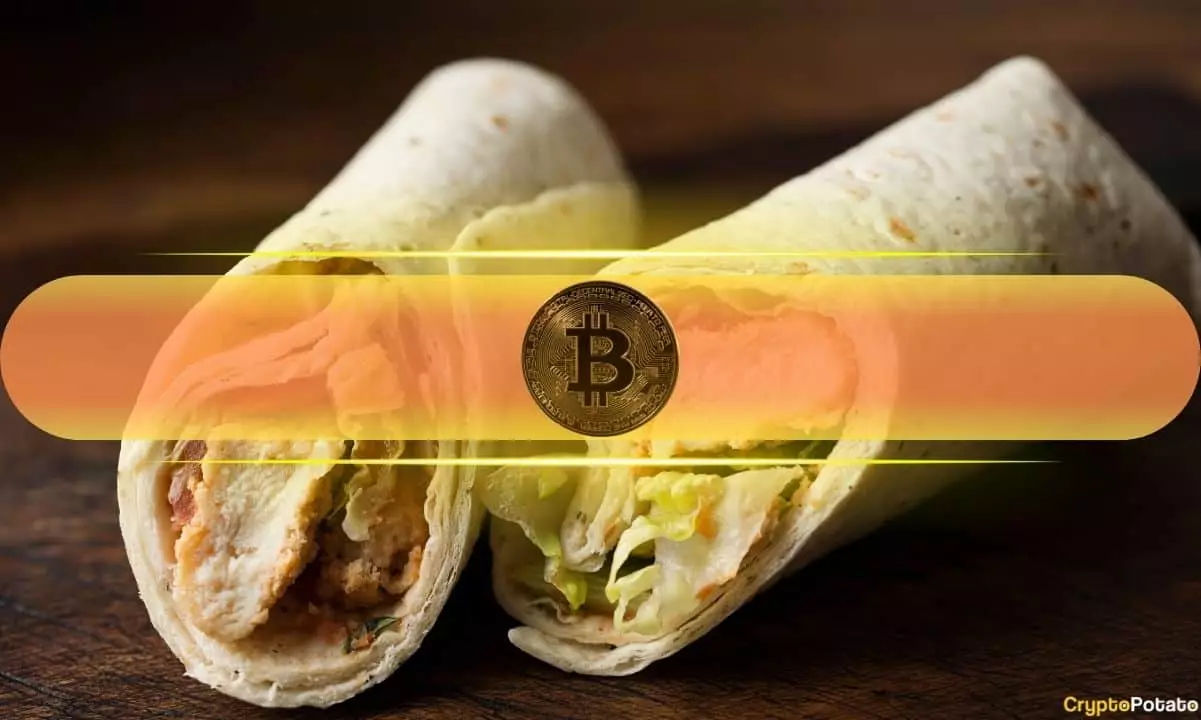Wrapped Bitcoin (WBTC) represents a significant innovation in the cryptocurrency ecosystem, serving as a bridge that connects Bitcoin’s value to decentralized finance (DeFi) applications on other prominent blockchains like Ethereum and Solana. Developed collaboratively by BitGo, Kyber Network, and Ren, WBTC maintains a 1:1 peg to Bitcoin, enabling seamless transactions across various platforms. Despite its advantages, WBTC faces scrutiny and challenges that illuminate the complexities of its market presence.
Transaction Volumes and Market Dominance
Recent reports from Binance Research highlight that WBTC has achieved extraordinary transaction levels, noting a weekly record of 123,200 transactions at one point, marking a notable milestone. This surge in activity not only emphasizes WBTC’s robust engagement within the DeFi sector but also underscores its dominance, as it commands more than 65% of the tokenized Bitcoin market. However, this impressive statistic is tinged with criticism, especially following significant partnerships aimed at expanding its influence. The question remains: is this growth sustainable, or are external factors undermining its credibility?
A critical pivot for WBTC’s evolution was its recent collaboration with BitGlobal and Justin Sun, the founder of Tron. While this expansion into regions like Hong Kong and Singapore aims to broaden WBTC’s reach, it has also sparked skepticism within the crypto community. The involvement of Sun has been particularly contentious, with detractors expressing concerns regarding centralized power and security risks. To address these anxieties, BitGo CEO Mike Belshe publicly reassured users that Sun’s influence would not allow for unilateral fund manipulation. This attempt at damage control, however, was met with calls from sector participants, such as the project Sky (formerly MakerDAO), to halt the acceptance of WBTC as collateral, showcasing the delicate balance between innovation and community trust.
As WBTC navigated through these turbulent waters, it faced stiff competition from other entrants in the wrapped Bitcoin domain, notably Coinbase’s cbBTC. Launched on Ethereum and Base, cbBTC quickly ascended to become the third-largest wrapped Bitcoin. This challenging landscape reflects the rapidly evolving nature of the cryptocurrency marketplace, where innovations can swiftly disrupt established players. The emergence of cbBTC is indicative of a broader trend in which competition could potentially alleviate user concerns raised around WBTC, though it also raises new questions about the future of wrapped assets.
The Broader Market Dynamics: Ethereum’s Inflationary Shift
Adding complexity to the conversation, Binance Research’s analysis indicates that Ethereum’s recent inflationary tendencies are also impacting the wrapped Bitcoin market. Following the Dencun upgrade, Ethereum’s inflation metrics have surged, diverging from its previously touted deflationary model intended to bolster ETH’s purchasing power. With an issuance rate of 0.74% recorded over 30 days, observers are beginning to speculate whether Ethereum is entering an inflationary landscape. Such dynamics could influence user behavior and liquidity across wrapped assets, including WBTC and its competitors, prompting the need for ongoing vigilance and responsive strategies within the DeFi space.
Wrapped Bitcoin remains at the forefront of the tokenized Bitcoin market, bolstered by impressive transaction volumes and strategic partnerships. However, it faces significant scrutiny amid emerging competition and shifting market dynamics, particularly influenced by Ethereum’s inflationary challenges. As the landscape continues to evolve, stakeholders must remain proactive in addressing community concerns and adapting to the fast-changing realities of the cryptocurrency market. Such collective efforts will be crucial in determining whether WBTC can sustain its dominance or whether it will be compelled to adapt amid the influx of new players and a potentially inflationary Ethereum ecosystem.

